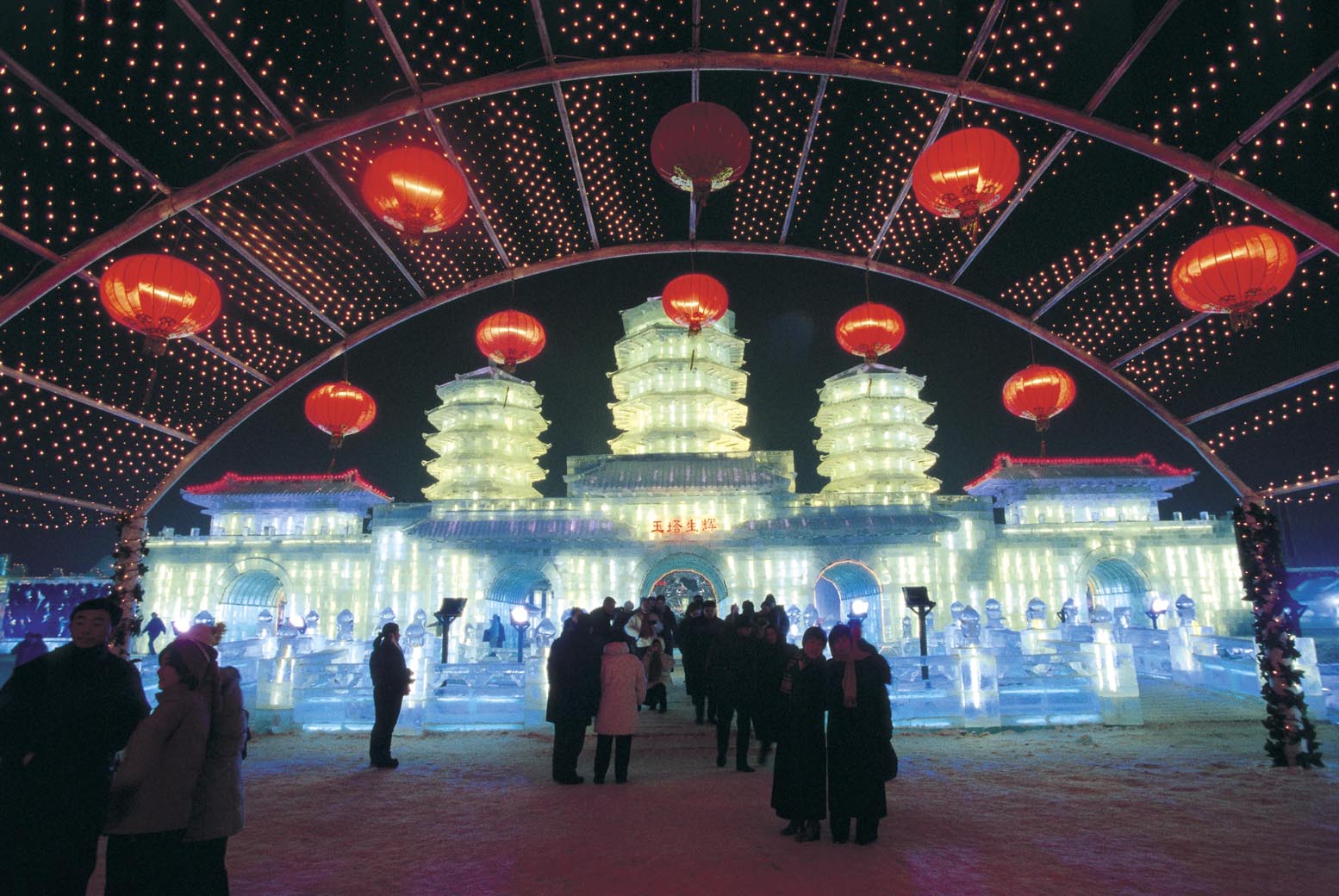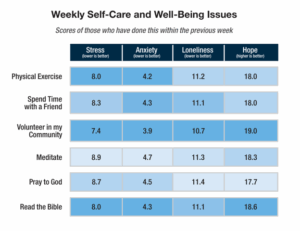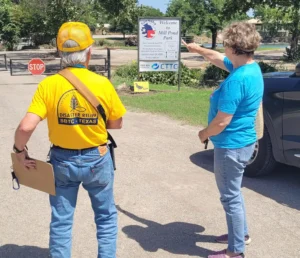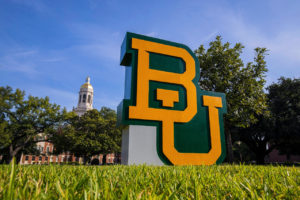
HARBIN, China (BP)–By early afternoon, the snowfall tapers to lazy flakes. On the Songhua River — frozen solid for nearly five months out of the year — children spin and skate on the ice in an almost carnival-like delirium — blissfully ignoring the biting cold that comes in the deepest days of north China’s long winter.
Pedestrians — puffy figures with hands crammed deep into layers of clothing and faces barely visible behind carefully draped woolen wraps — crunch fresh prints along icy sidewalks. Muffled sounds of winter are muted further by the lack of words. Speaking hurts.
In Harbin (HAR-bean), the capital city of China’s northernmost province, snow begins falling in early November. For the better part of seven months, winter settles in like an annoying guest who has overstayed his welcome.
By the time the sun takes its early exit, around 4 p.m., it is minus 10 degrees and dropping. Despite the cold, Harbin begins to come alive.
During the heart of winter, Harbin opens her doors to the world through the annual Harbin Snow and Ice Festival. Over the course of several weeks — beginning in December — craftsmen cut enormous chunks of ice from the river.
By January, Harbin’s city streets, parks and even sidewalks are filled with huge multistoried ice castles, sculpted animals, replicas of statues and famous buildings, fortresses and obscure pieces of art — all made from snow or carved ice and brightly lit with multicolored neon bulbs. It’s as if the festival attempts to dispel the notion that subzero temperatures are intolerable.
Despite the attractions drawing visitors from all over the world, Harbin’s local residents still constantly shoot glances at the muddy sky and talk of spring. Then, they say, summer will come. Summer is a short season, lasting just two months, but still long enough to give reprieve from the cold.
In the depth of Harbin’s winter, spring weather can seem like a fairy tale — but one the locals cling to. Much in the same manner, Christians in this northern city pray for the day that the spiritual ice begins to thaw, and Harbin’s people experience God.
Compared to the centuries of ancient history seen in other parts of China, Harbin is still in its infancy — due, perhaps, to the severity of the climate.
Growth came late — in 1896 — when Russia, following negotiations with China, built the Trans-Siberian Railway through northeast China, connecting Paris with the Russian city of Vladivostok. The Russians built Harbin, then just a meager fishing village, into a booming Russian city — complete with a majestic Russian Orthodox cathedral.
During the Russian revolution in 1917, Harbin became home to thousands of White Russian refugees fleeing persecution. For several decades, Harbin prosperously grew into the largest foreign city in East Asia, but was promptly abandoned once the Chinese Communist Party came to power.
While Russian occupation has long since been removed, the fingerprints of Harbin’s 20th-century architects remain. Russian architecture looks strangely out of place in the Chinese city of more than 3 million, and the influence, some say, extends even to the Christian community.
“The growth of the church in Harbin has been rated among the highest in China,” says “Meredith Twizzler,”* a foreign Christian who hopes to see a church-planting movement start in Harbin. However, she notes, there is an enormous gap between those who attend churches and the people who need to be reached with the gospel.
“The churches — both the registered churches and the house churches — are working within the confines of what has been established for so long,” she says. “They’re working in an old paradigm.” Perhaps, she suggests, this is due to examples established decades ago by early Protestant influences.
“It’s old,” she says plainly. “It’s going to take new growth – youth — in Harbin. Sometimes it’s easier to give birth than to raise the dead. And changing a whole paradigm that has been set from the late 1800s is very difficult. It needs to be a new thing.”
Every time the doors open in the registered church in Harbin’s Nan Gang district, more than 300 people fill the sanctuary. Another 300 squeeze into the tight balcony. No one takes off his or her coat — the sanctuary does nothing to cut the cold.
Behind the main sanctuary, people pack two more rooms of equal size and a dining hall. They participate in the service through TV monitors showing a middle-aged woman preaching from the pulpit.
The average age of the 2,000-or-so worshipers appears to be about 60. A handful appear to be under 40. Even fewer are men.
Robert, a young Chinese doctoral student who, like many Chinese, uses a Western name, says churches are not attractive to people his age. “The younger people come into the churches because they might be curious about God,” he says. “But all they see are old people, and they don’t go back again.”
Phillip, a Chinese pastor of a registered church, agrees with Robert. The biggest challenge for churches in Harbin is to become relevant to the young people of the city, he says.
“Sometimes young people are led or invited to church. But what do they see? Old people. Old pastors. Even the message is not relevant to them,” admits Phillip, himself still in his early 30s. “There needs to be some training in how to reach young people, because the kids don’t come back.
The rich and the educated don’t care about God, Robert says. To them, “God is that old religion the grandmothers, the poor and the uneducated are involved in,” he says.
A Communist Party member, Robert became a Christian through conversations with Twizzler and other young Chinese. Now he is committed to reaching his generation with the truth of Christ and helps lead a house church group made up of other young Chinese who could be considered part of the “up-and-coming” elite.
His non-Christian peers, however, are focused on breaking the mold of plodding through the snow every year, he says. By getting an education and, perhaps, joining the Communist Party — which Robert says is done simply for advancement — many of his generation hope to leave Harbin for bigger cities with more opportunities.
With that career path often comes indifference, Twizzler says. If the “movers and the shakers” were to receive the gospel in a fresh, new way, their enthusiasm would surely help bring about revival in Harbin.
“The majority of people in Harbin are poor — people just in from the countryside,” Twizzler explains. “They don’t have the education or the connections to move up. But, oh, if they could, they would. This is where the registered churches and a lot of the house churches are most effective.”
“The top 30 percent — they’re on their way up,” Twizzler explains. “They’ve got cars, clothes and expensive toys. They have relationships, connections, and they’re becoming entrepreneurs.”
These movers and shakers are the future of Harbin, especially as China’s capitalism grows. “These are the ones who say, ‘Don’t bother me — I’m happy,'” Twizzler says. “They have little or no Christian witness in their sphere of influence, and the existing church can’t reach these people. And yet they are the ones needing to be reached because they have the ability to change the future of Christianity in China.”
Twizzler says a strong, evangelical movement in Harbin will come about in a new wave of house churches, through the salvation of many more like Robert and his growing group of young Chinese Christian professionals and students who are committed to bearing fruit in spite of the Harbin winters.
“The people here, especially the Christians, need to understand that they can have church without a building,” Twizzler says. “That’s hard to do in a place where churches are buildings. It’s difficult within their location-oriented orthodox understanding.”
“There are a lot of young Christians who are becoming burdened to preach the gospel,” says Charlotte, a 33-year-old Chinese Christian. Incessantly tugging at her coat for warmth, Charlotte’s breath seems to crackle in the cold.
“People are saying China will raise up a generation of missionaries. I’m praying that God would favor China — especially Harbin,” she says emphatically. “I know God will open doors for people to hear.”
This is the attitude Twizzler says will change the city. “We need a core of believers who are willing to do something new, who are not afraid to do things differently,” she says. “Because if they aren’t strong and take chances, the old ways of doing things — the fear of sharing the gospel — will choke them out.
“So often, people come here and say that the hearts of the people are cold and frozen like everything else around Harbin,” Twizzler says. “I don’t think that is true. Their hearts are really soft and warm. They’re cold because the sun hasn’t shone on them. As soon as the sun comes out, the ice melts — if it’s out long enough.
“They’re cold because they haven’t even heard — even once — that there’s something better,” she says. “They just have to hear the gospel in a relevant way; in a way that will penetrate the frozen surface.”
–30–
*Names have been changed to protect the future ministries and to prevent unnecessary persecution. Reprinted from The Commission, monthly magazine of the Southern Baptist International Mission Board. The name of the writer of this story is withheld for security reasons to protect the writer’s ongoing work in China.
(BP) photos posted in the BP Photo Library at https://www.bpnews.net. Photo titles: AWAITING GOSPEL’S WARMTH, REACHING UPWARD, FLEXIBLE FAITH, KEEPING FAITH, PRAYING FOR YOUTH, FUTURE CHALLENGE and PRAYING FOR MEN.
















